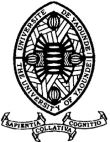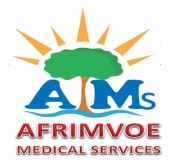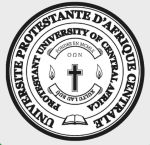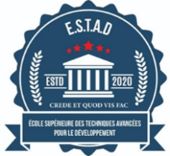About the Journal

ISSN: 3006-4090 EISSN: 3006-4104
Health Research in Africa (HRA) is an open source, monthly scholarly, multidisciplinary, peer reviewed medical journal that is partnered to Health Sciences and Disease, the official publication of the Faculty of Medicine and Biomedical Sciences (FMBS) of the University of Yaoundé I. Numerous basic health data from many African countries are still lacking in the medical literature and HRA seeks to fill this gap. Therefore, HRA covers all aspects of medicine, pharmacy, biomedical and health sciences, including health technologies, public health and societal issues. However, HRA values mostly pertinent applied research articles with impact on clinical care or public health. HRA is an “online first” publication, which means that all the publications articles appear on the website before being included in the print journal. The papers are published in full on the website, with open access. Our mission is to inform and educate the health professionals, especially from Africa, and to promote constructive debate on health issues that matter in the management not only of diseases but of health as a whole.
Appeals
a) Submission and initial screening. Manuscripts are first reviewed by the Editor-in-Chief (EIC) or section editors to identify major deficiencies. At this stage, the manuscript may be rejected without full peer review.
b) Peer Review. Manuscripts that pass the initial screening are sent to one or two anonymous reviewers (single-blind review). Reviewers are guided by a detailed checklist, which evaluates originality and scientific contribution, methodological rigor, clarity of writing and relevance to the field of health in Africa.
c) Conflict of interest policy. Reviewers and editors must declare any potential conflicts of interest. In case of a conflict, the manuscript is assigned to another reviewer or editor.
d) Final decision and publication. The Editor-in-Chief makes the final decision based on the reviewers’ reports. The process may take from a few days to several weeks. Once accepted, the manuscript is published within an average of 6 weeks. The submission, acceptance, and publication dates are indicated in the article.
e) Review Statistics
- Average review time: 4 weeks.
- Average time to publication: 6 weeks.
f) Additional notes
- Open peer-review option : In the future, we are considering introducing an open peer-review process, where review reports may be published alongside the article (with the reviewers’ consent).
- Reviewer guidelines : Reviewers are provided with detailed guidelines to ensure a fair and constructive review process. These guidelines are available upon request.










